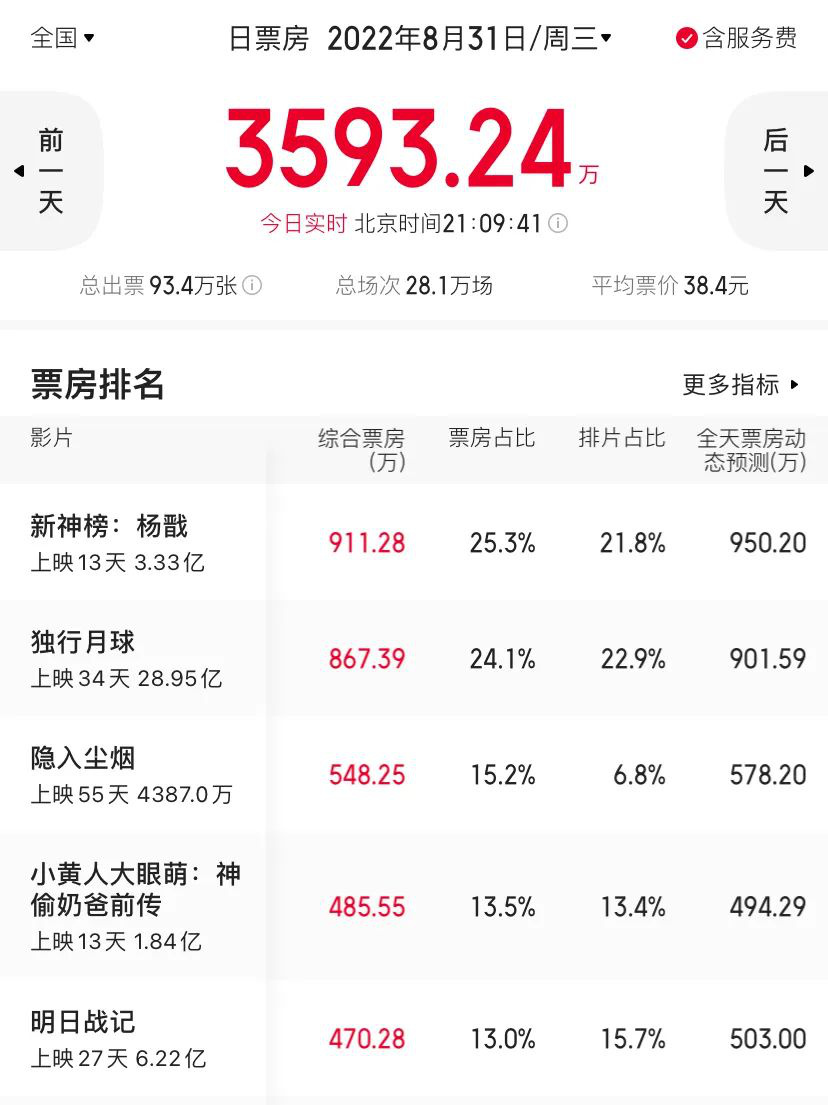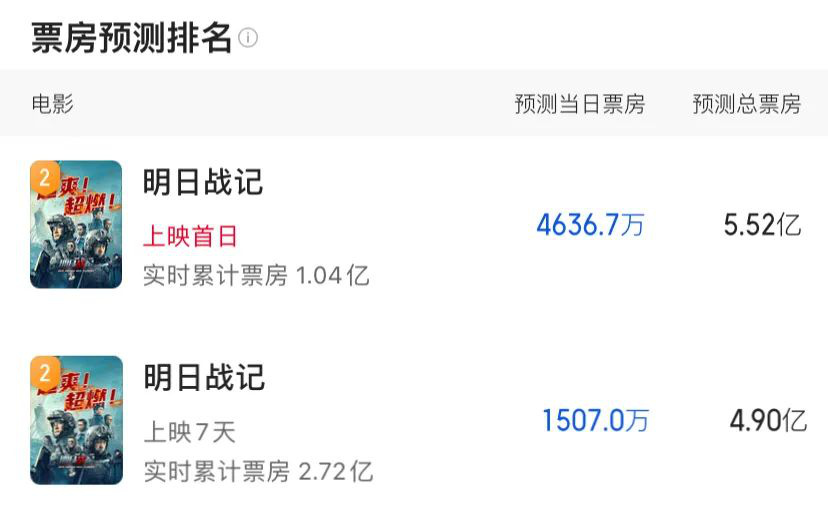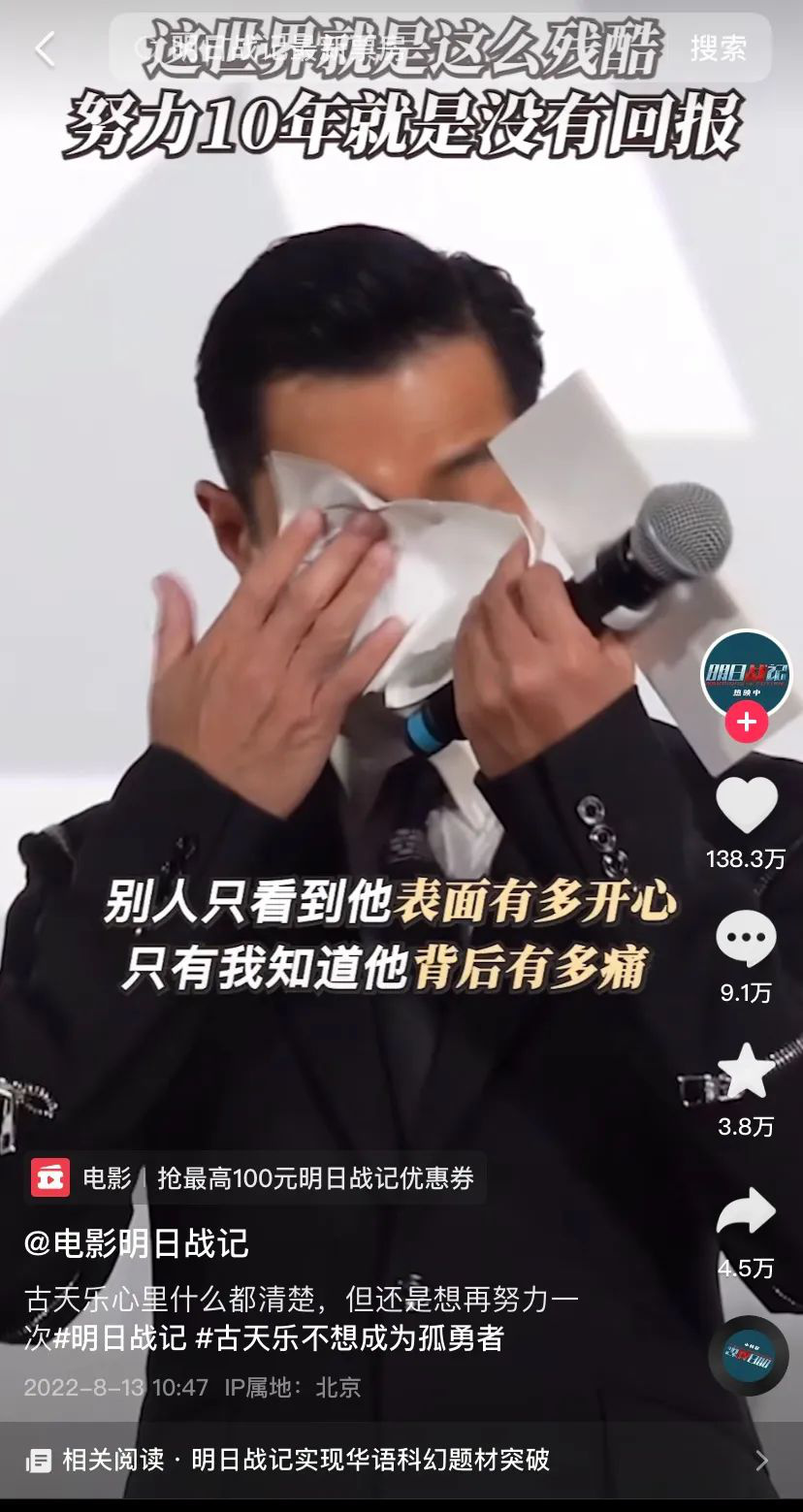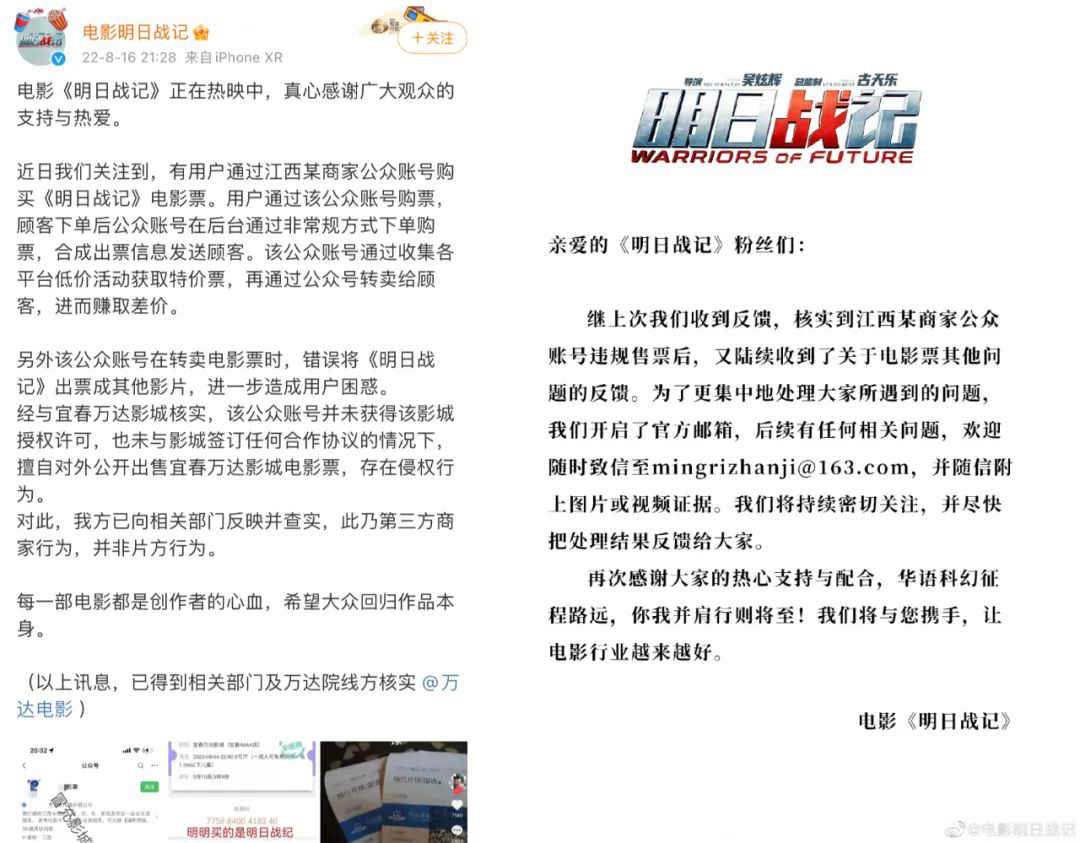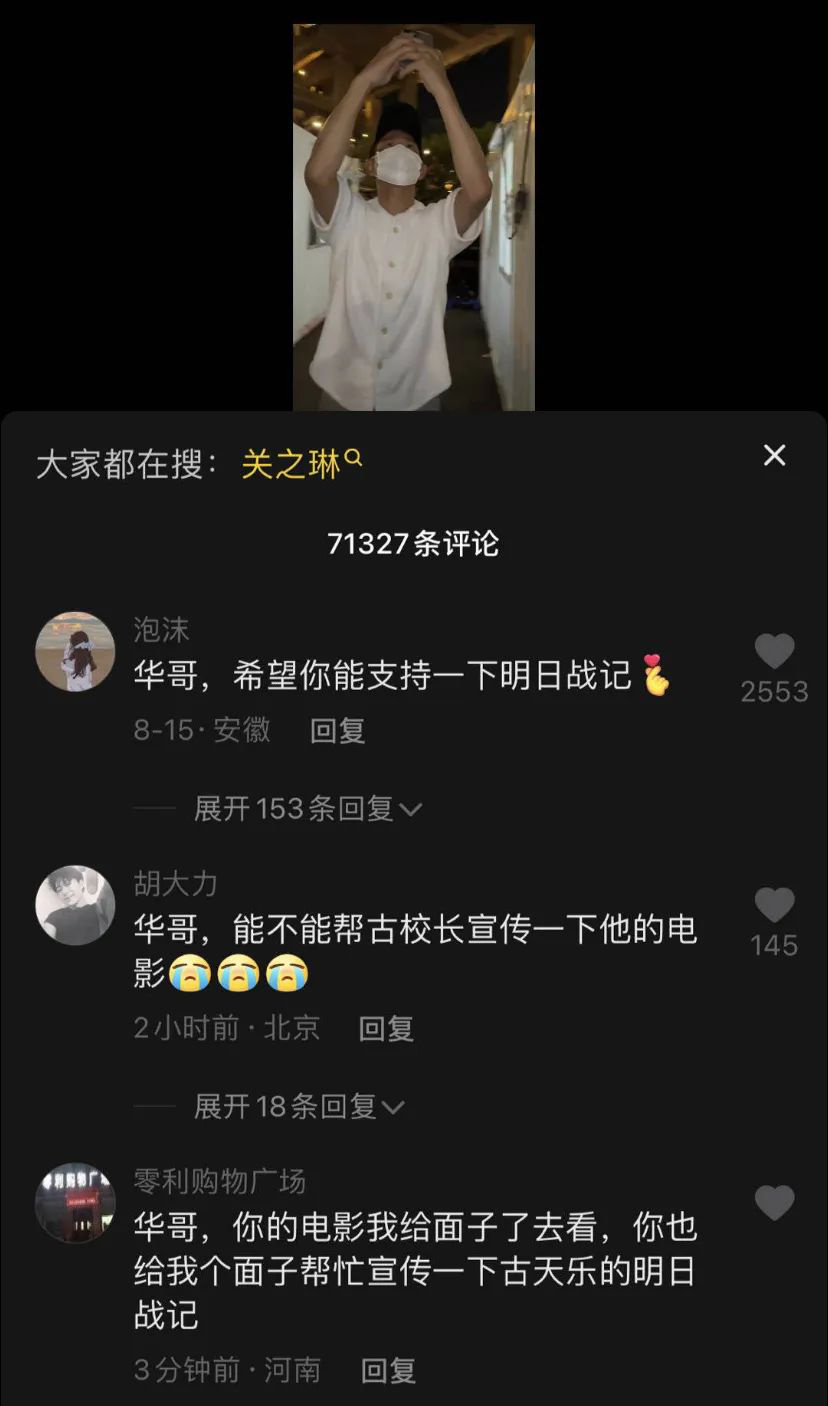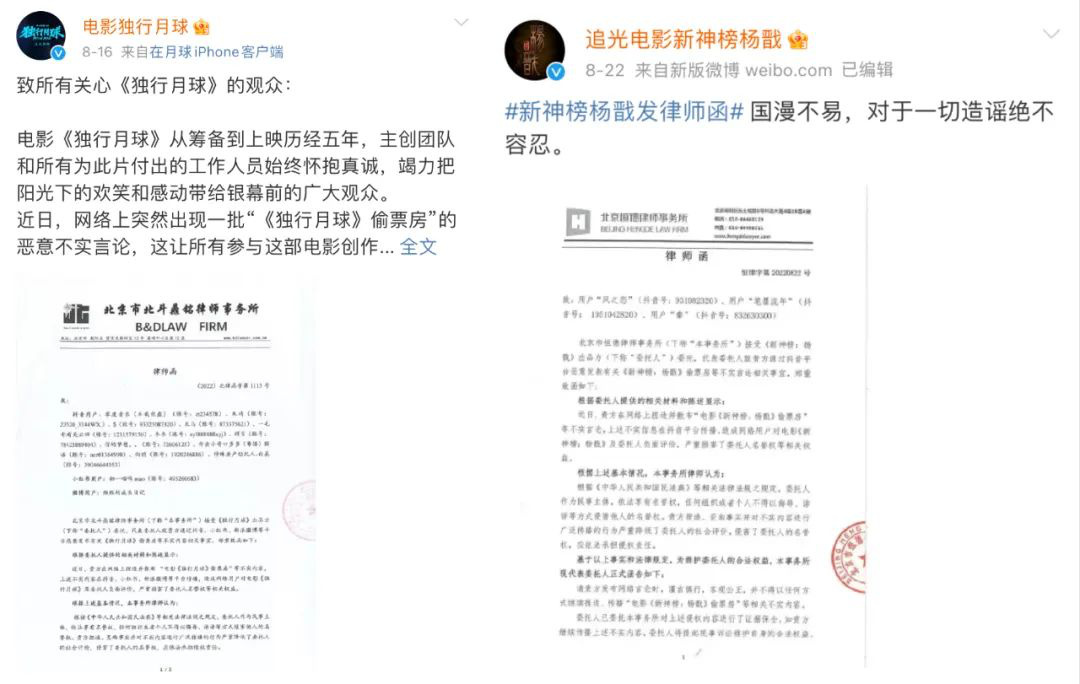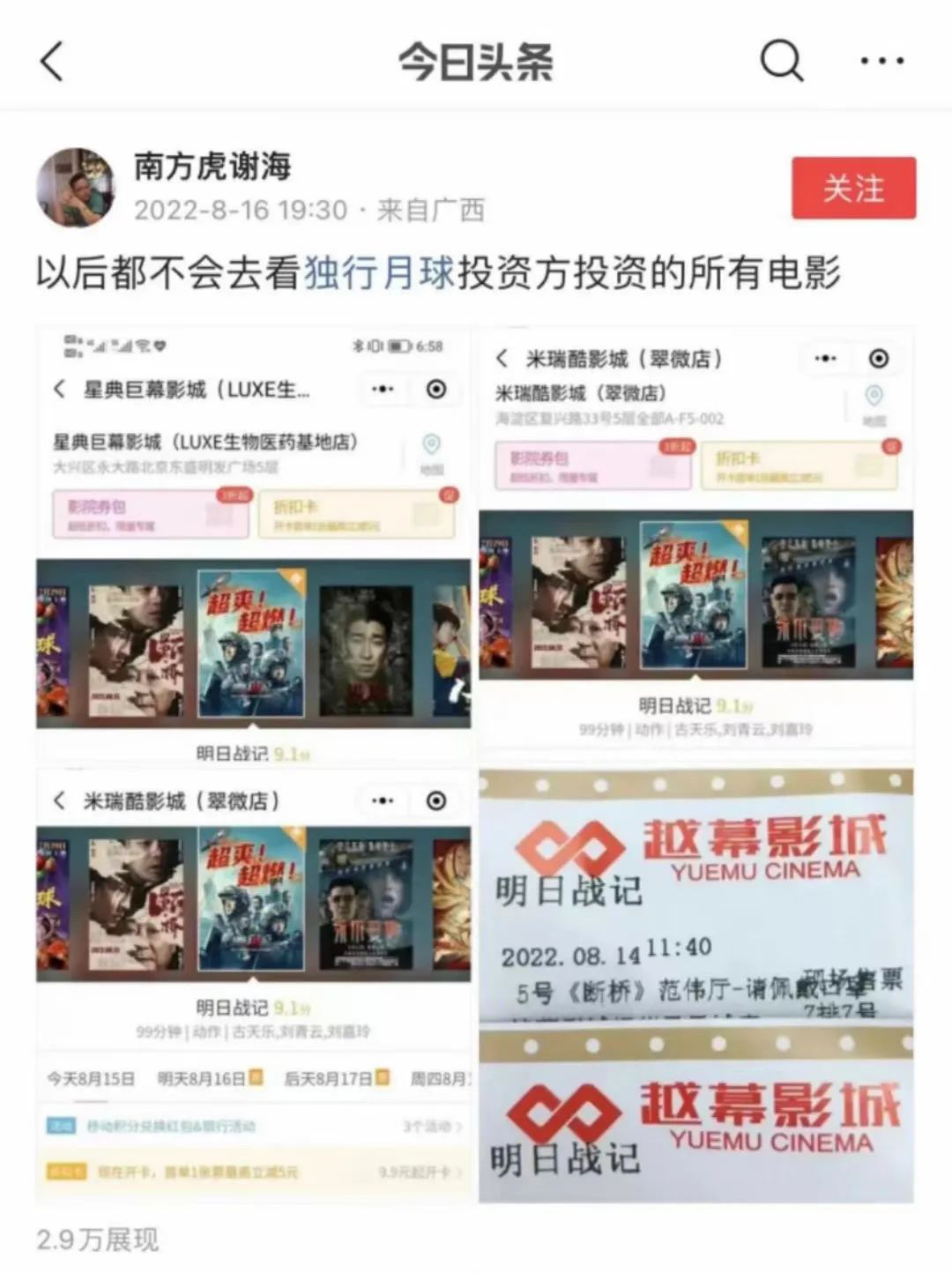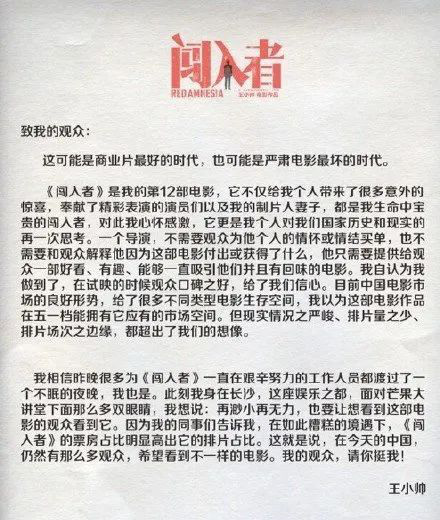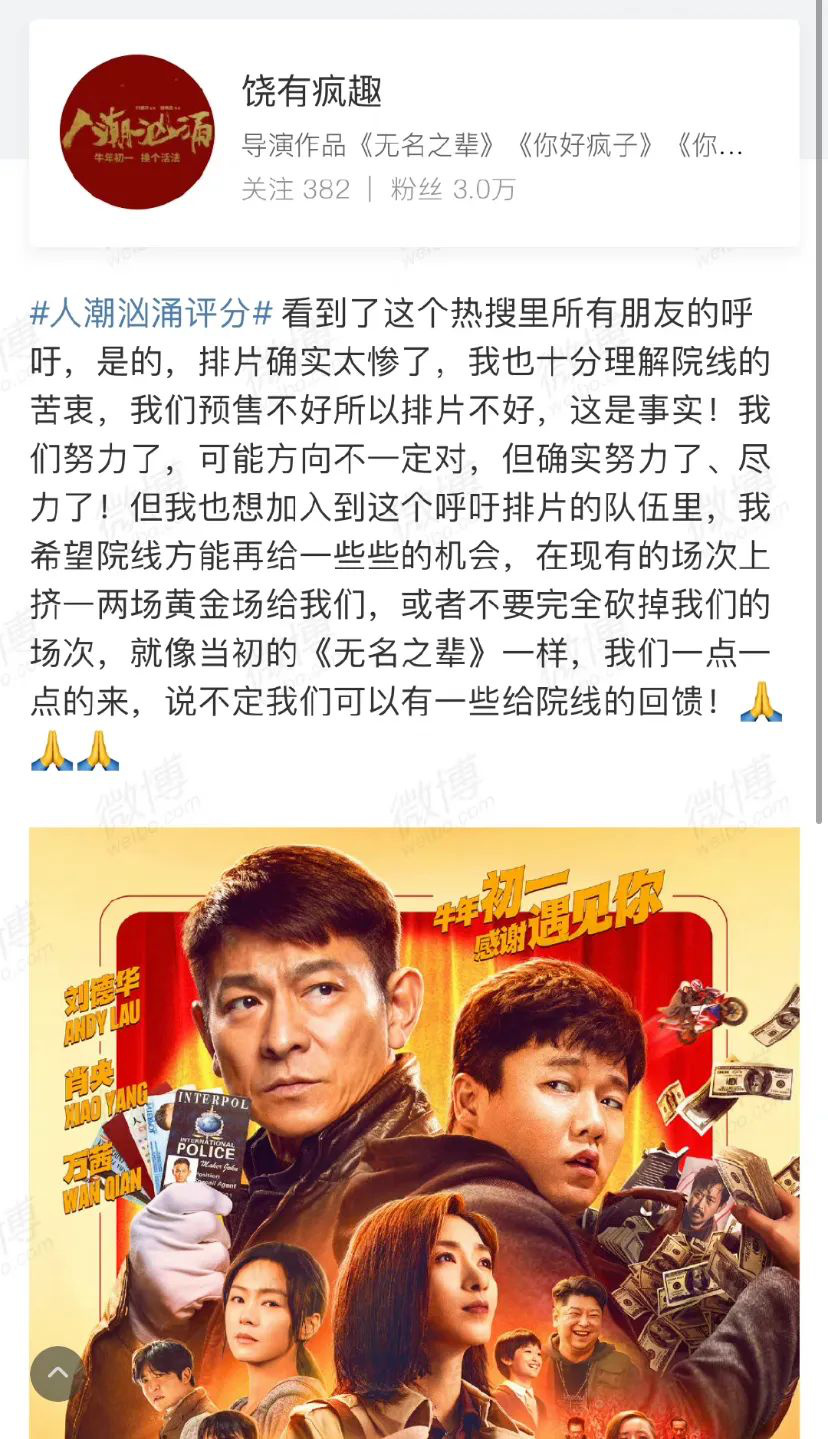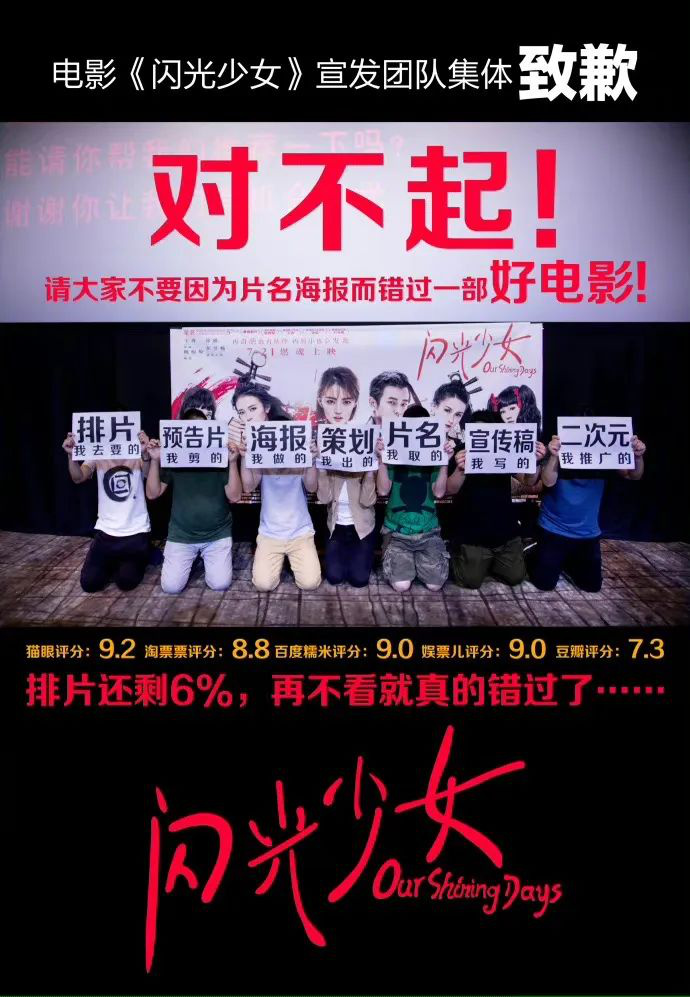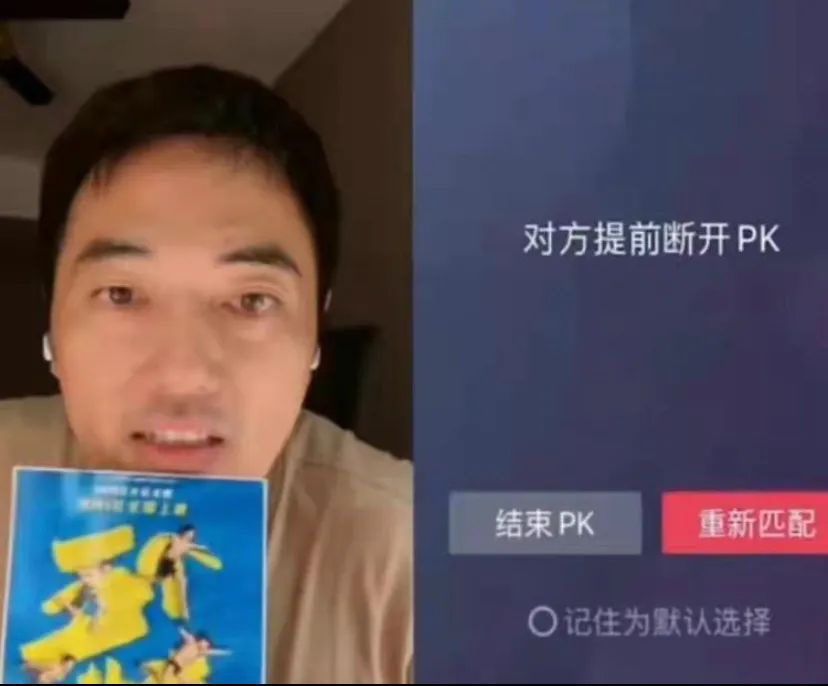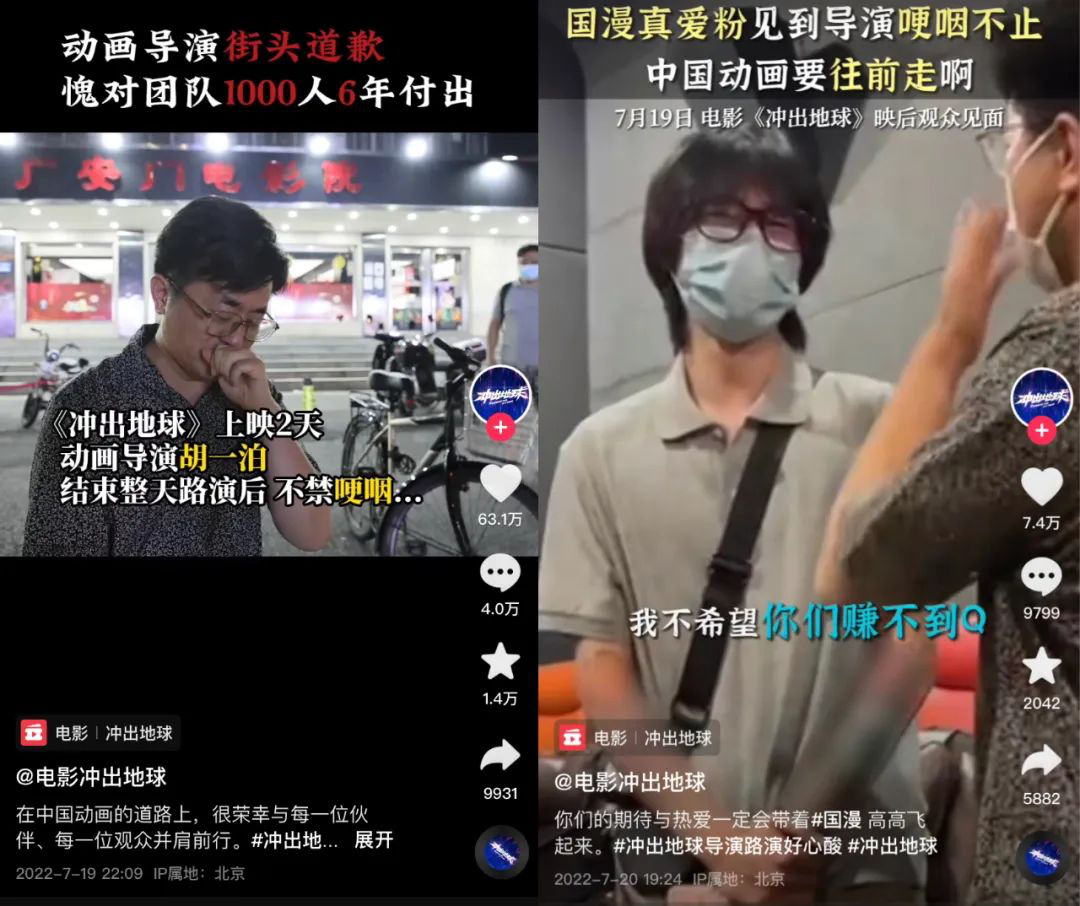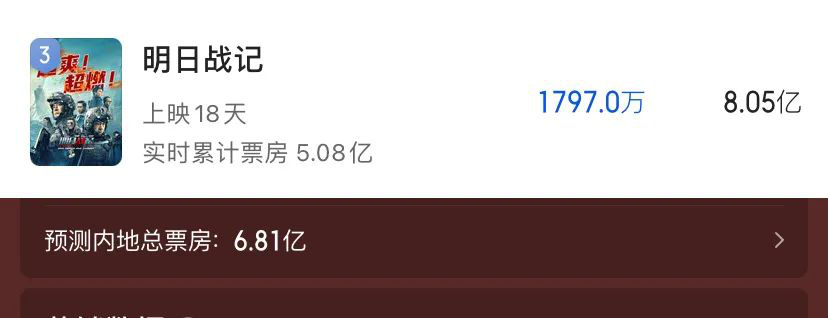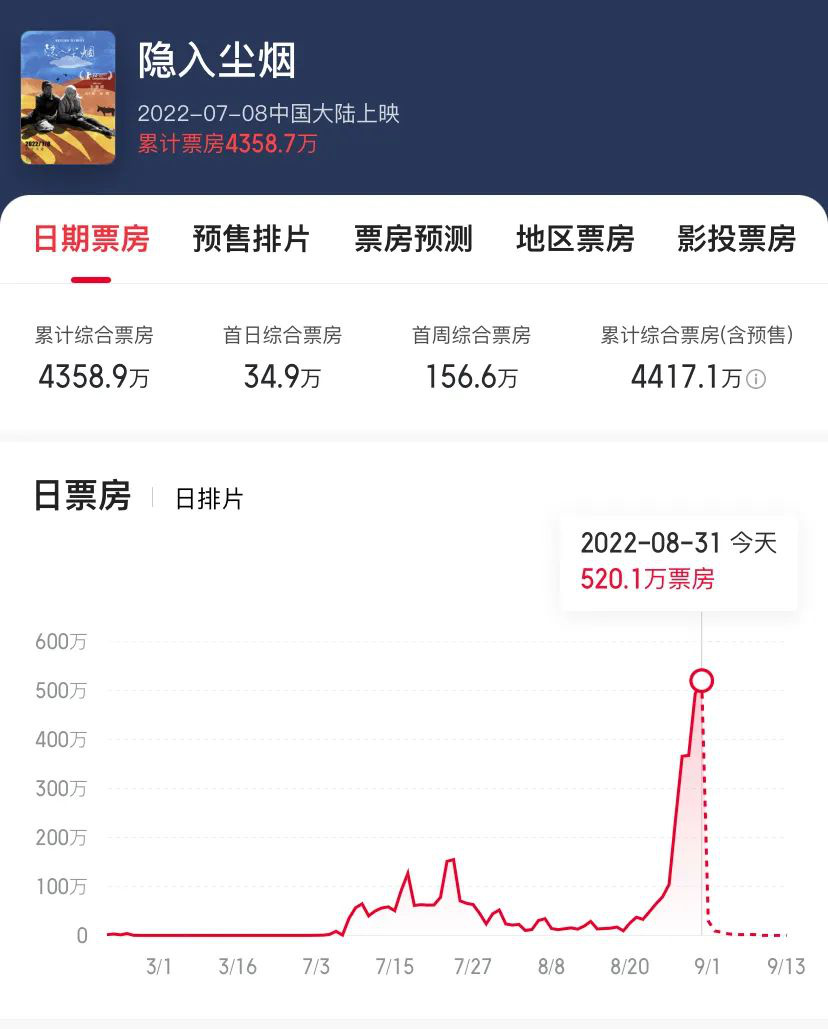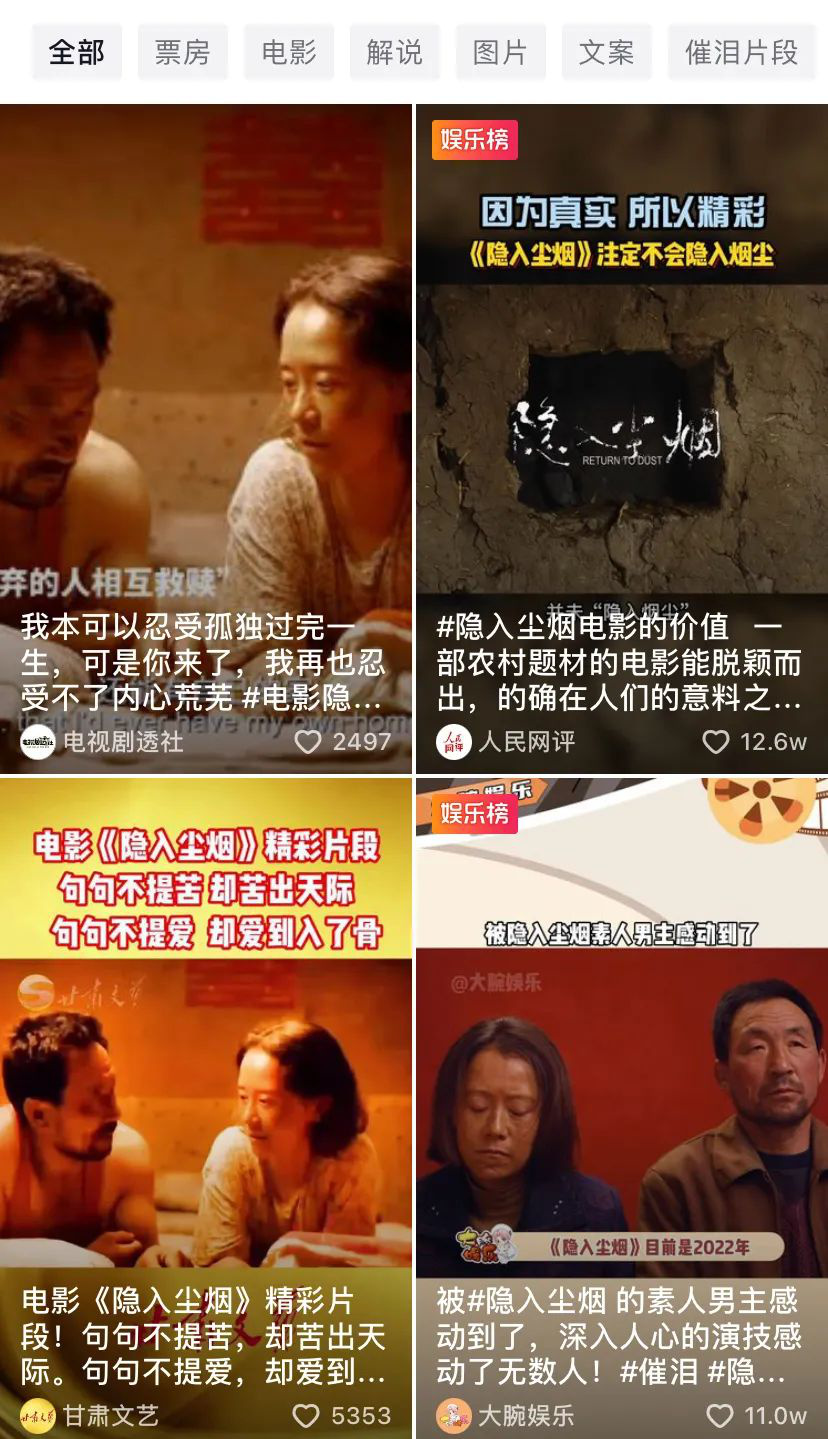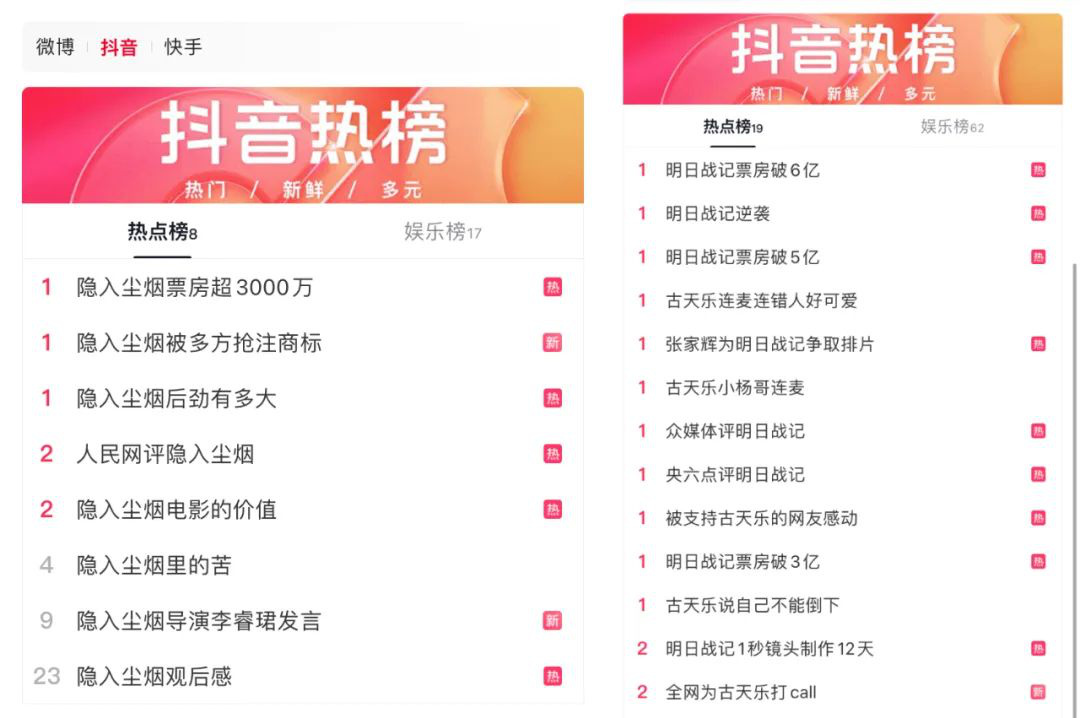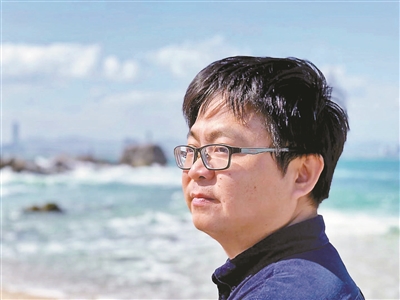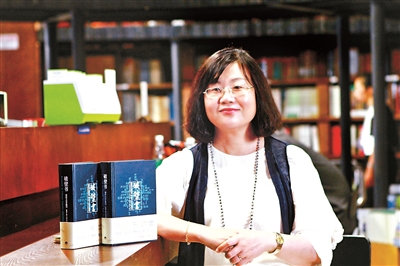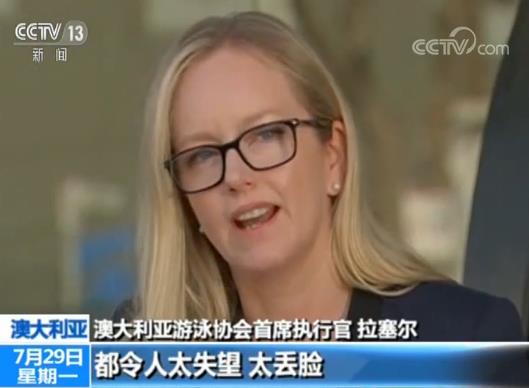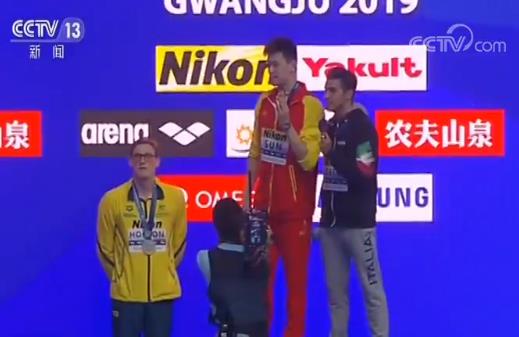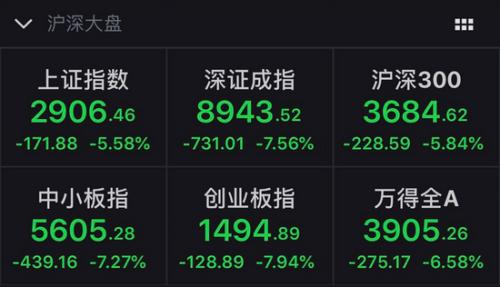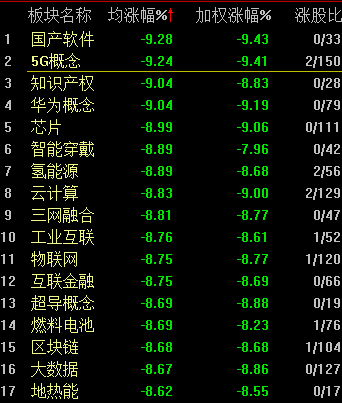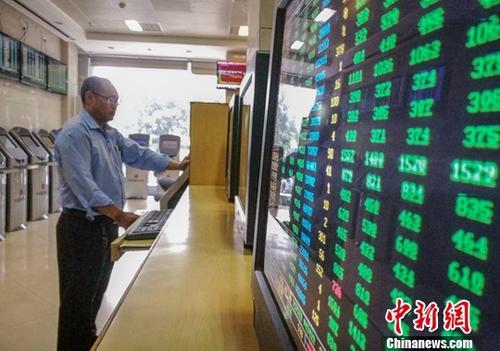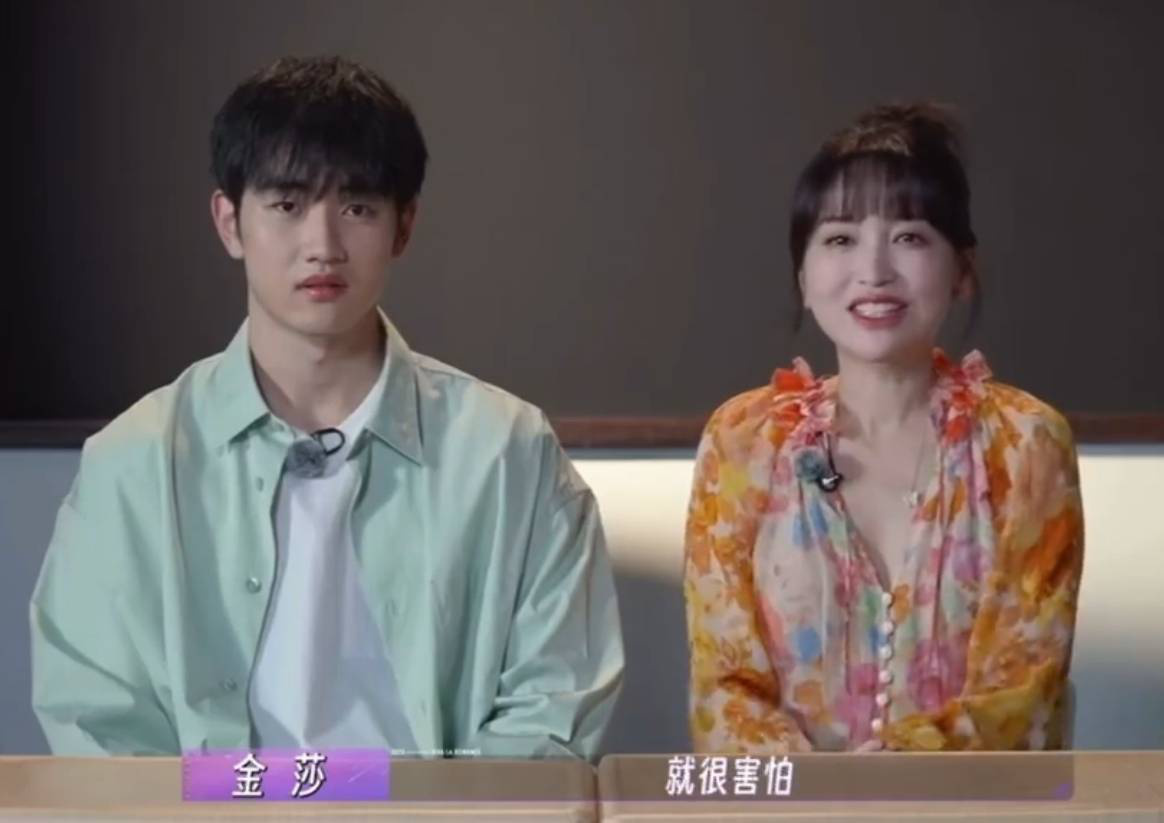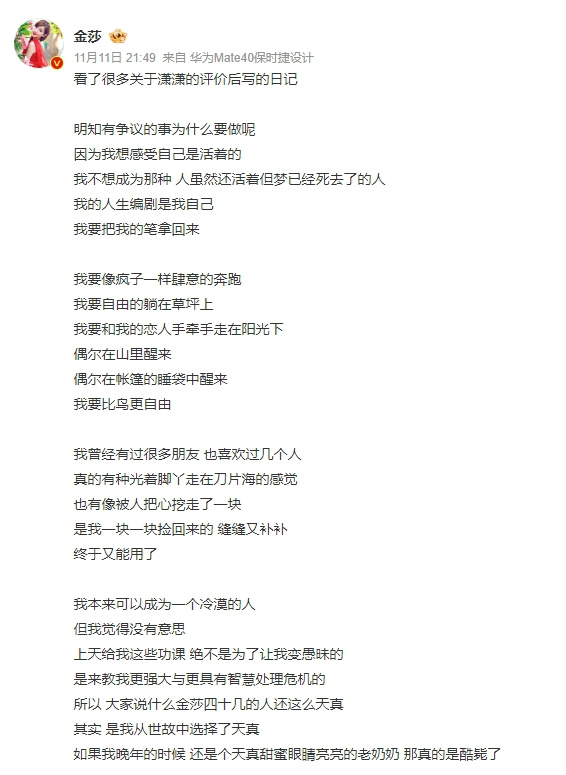Source innovation to solve the technical problem of "stuck neck"
【Under the guidance of Socialism with Chinese characteristics Thought of the Supreme Leader in the New Era — — A new era and a new chapter.】
Source innovation to solve the technical problem of "stuck neck"
— — Enlightenment of an engineering teacher crossing the "four mountains" of achievement industrialization
Guangming Daily reporter Yuan Yufei
editorial comment/note
During his inspection tour in Fujian, the Supreme Leader General Secretary emphasized that our country must rely on innovation to enter the first phalanx of scientific and technological development, and it is not feasible to follow blindly. We must speed up the pace of self-reliance and self-improvement in science and technology. We should adhere to the core position of innovation in the overall situation of modernization, regard innovation as a national policy, and actively encourage and support innovation. Innovation doesn’t ask about "birth", but supports whoever can contribute to the country. There is such a teacher in Beijing University of Technology, who has innovated from the source of basic research, overcome the technical problem of "stuck neck" of industrial robots, and successfully industrialized the achievements of the thesis, providing a model for millions of researchers to make contributions in the new era.
"From basic research to industrialization of achievements, we must at least surmount the four mountains of theoretical verification, pilot test, capital investment and international market competition." Cao Jianguo, head of Tsinghua University Hebei Pilot Base, said, "For researchers, every mountain is full of difficulties, and success is rare."
But Zhang Yueming crossed these four mountains. His innovative industrial robot RV reducer technology from the source broke the Japanese monopoly, and with this technical cooperation, he set up factories in Yizhuang Development Zone in Beijing and Shijiazhuang in Hebei Province, and can produce 80,000 sets of RV reducers of the world’s top industrial robots every year, which is in short supply.
For a long time before, Zhang Yueming had been an unknown engineering teacher in the school. He graduated from Tsinghua University at the age of 32 and became the first batch of postdoctoral fellows in Beijing University of Technology. But at the age of 50, he was not a professor because his papers were not distributed as much as others.
Breaking the monopoly of foreign technology and helping domestic industrial robots go to the high end
The RV reducer of industrial robot is equivalent to the chip of mobile phone and computer for manufacturing industry, and its core technology and 90% of the global market have been monopolized by Japan. At present, a large number of RV reducers used by domestic robots are imported from Japan. In order to transform and upgrade China’s manufacturing industry, it is necessary to solve this technical problem of "sticking the neck".
When the reporter first met Zhang Yueming, it was in an industrial park in Beijing Yizhuang Economic and Technological Development Zone. The production machine in the workshop was still turning and the machine made a huge roar. On the same day, he took the reporter to visit the production plant with an investment of more than 200 million yuan.
"The production plant is my laboratory. These RV reducer samples are all produced according to the original technology independently developed by us. The production scale of Yizhuang Factory has achieved an annual output of 30,000 units. " It’s noisy, Zhang Yueming said loudly, pointing to a pile of shiny bearings on the display stage.
The test report that the reporter saw on the spot shows that these domestic RV reducer products are better than the most advanced products in Japan in terms of precision retention and service life.
"The reducer is the core functional component of industrial robots. For example, if the industrial robot is regarded as an adult’s arm, the reducer is equivalent to the joint of the arm, which mainly determines the swing accuracy of the industrial robot’s arm, and its wear and tear will affect the service life of the industrial robot after a long time of use. RV reducers are mostly used in the transmission of high-precision robots in the world. The legs, waist and elbows of an industrial robot need 4 to 6 RV reducers, which account for more than 30% of the total cost of industrial robots. " Zhang Yueming introduced.
"There is a gap between the quality of domestic RV reducers and Japanese products, mainly because the accuracy retention is not good; It is also easy to wear and tear, which affects the service life. Most of them are only used by middle and low-end industrial robots. What is even more helpless is that the price of reducers sold by Japanese companies to ABB, Fanuc and other four major robot companies is half or even lower than that of Chinese companies; Domestic manufacturers are forced to accept a long waiting period of 3 to 6 months to get the goods. " Zhang Yueming told reporters, "My main job now is to break the Japanese monopoly, help domestic industrial robots to go to the high-end market, and help China’s manufacturing industry transform and upgrade."
Breaking through the "bottleneck" technology of manufacturing industry requires basic theoretical innovation at the source.
In 1997, 32-year-old Zhang Yueming graduated from the Department of Precision Instruments and Mechanics in Tsinghua University, and entered Beijing University of Technology as a postdoctoral fellow, engaged in basic research of mechanical design and theory for a long time.
"It’s a shame to say that although I am the first postdoctoral fellow at Beijing University of Technology, my personal interest in scientific research has been in the production line, helping enterprises solve practical problems. Therefore, there are relatively few papers. " Zhang Yue said.
Zhang Yueming has published few papers, but his practical application results are not few. For example, Zhang Yueming cooperated with Beiyi Machine Tool to jointly develop the core functional components of CNC machine tools, which completely replaced those imported from Japan and has been applied to many models of CNC machining center products of Beiyi Dajing Machine Tool Factory, which also laid a good foundation for Zhang Yueming to be an RV reducer for industrial robots. He was inspired by this: "Many problems in China’s machinery manufacturing are not the problems of materials and technology, but the lack of original innovation."
"Mechanical products, like other high-tech products, contain rich scientific laws. Only by revealing their inherent motion laws and scientific principles can we produce high-quality products." Zhang Yueming told reporters.
Since the 18th National Congress of the Communist Party of China, the reform of China’s science and technology system has been further promoted, and the state has increased its support for basic research and "stuck neck" technology research, and Zhang Yueming has become a beneficiary. In 2015, Zhang Yueming won the scientific research project "RV Reducer Industrialization Development" of Beijing Science and Technology Commission, and got 2 million yuan of scientific research funds to develop the technology of "Robot Joint RV Reducer Manufacturing Process". He spent more than 1000 days and nights building a technical model of gear modification, solving the problem of gear wear, and finally mastering the core technology of "design and manufacturing technology of robot joint RV reducer".
"This technology is the real source innovation. There are many people who research and develop robot RV reducers in China, most of them are imitations, but the technology of Zhang Yueming’s team is forward design, innovative from the source, and some performance indicators are better than those of the Japanese. " Zhaojie, director of the Robotics Research Institute of Harbin Institute of Technology and head of the key expert group of intelligent robots in the national key R&D plan, told the reporter: "The Ministry of Science and Technology will be in ‘ Fourteenth Five-Year Plan ’ Support the industrialization of this technology during the period. "
"There are still many manufacturing industries in China ‘ Get stuck in the neck ’ Technology, many core components rely on imports, the solution of these problems, like RV reducer, needs to carry out basic theoretical innovation from the source. For example, 80% of bearings used in high-end mechanical products are imported. This has led to most domestic machine tool companies not making money, or even losing money continuously, and the money has been earned by foreign companies. " Zhang Yue said.
From basic research papers to industrialization of achievements, it is necessary to optimize the ecological environment for innovation and entrepreneurship.
Mechanism and Machine Theory (MMT) is the top international academic journal of the International Federation of Mechanism and Machine Science. It usually takes more than half a year for China researchers to publish papers in this SCI core journal, and Zhang Yueming’s papers will be published in one month. Peer review experts commented: "This is a rare good paper in recent years, which comes from practice. It is recommended that the published journal be published."
"University professors who engage in basic research generally don’t care about industrial transformation. After theoretical papers are published in international journals, they will be shelved. Many people even engage in research for projects and papers, but they are absent in the transformation of scientific research achievements that are more valuable to the country." Cao Jianguo said.
The first "mountain" that Zhang Yueming met was to verify the technical theory.
After the publication of this paper, industrial robot RV reducer has been highly recognized by peers at home and abroad in theory, but my heart is always put aside. For so many years, I have written fewer papers, and each one is also for service practice. My difficulty at that time was that the project of the science and technology commission was finished and there was no scientific research funding support. I need a machine tool to process samples to verify that the technology is correct, and then I can transform the industry. It takes tens of millions of yuan to buy a high-end processing machine tool. " Zhang Yue said, "This is a paradoxical problem: if I want to realize the industrialization of the results, I need to verify the theory first and have samples first, but enterprises usually have to see the samples before they invest money, so this result has been put on hold for a long time."
Later, by chance, Zhang Yueming saw the dawn of solving this difficult problem: an Italian high-end machine tool factory wanted to open up the market in China, and its director happened to know Zhang Yueming. Zhang Yueming talked with them about cooperation and asked the other party to help process the samples first, which just verified the performance of their machine tools, and the other party agreed.
Zhang Yueming and his team finally went to Italy to process the RV reducer samples of industrial robots, which verified that his theoretical results were completely correct. The samples sent to the national authoritative testing center are better than the most advanced products in Japan in terms of precision retention and service life.
With the sample, Zhang Yueming achieved a leap from basic theory to product, and then he met the second "mountain": the pilot project.
"Many researchers have reached this point and can’t go on. The pilot test is a long process, and some even take several years, so investors lack enthusiasm and motivation for the pilot test, which is the crux of the difficulty in transforming China’s original innovation achievements. " Cao Jianguo told reporters, "Judging from the transformation data of scientific and technological achievements in Tsinghua University for many years, only about 5 out of 100 scientific and technological achievements can form the final product." Cao Jianguo said.
People work hard, and God helps. In recent years, the changes in the global market environment have helped Zhang Yueming a lot. A manufacturer of reducers in Shijiazhuang took the initiative to seek cooperation.
"The reducer originally produced by our company has low technical content and fierce market competition, and it is urgent to transform and upgrade new technologies. We have done market research, and the domestic reducer is not doing well. The most fundamental reason is that there is no innovation in the basic theory of domestic reducer. Zhang Yueming has done a lot of work in combining theory with practice, and has made samples. " Hu Wenshi, the chairman of this enterprise, said in an interview, "Seeing his technology and samples, my eyes lit up. This is the core technology we are looking for, so we did not hesitate to spend 37 million yuan on technology and cooperation, and also spent 890 million yuan on foreign high-end machine tools and equipment to put into the pilot test, because once successful, our enterprise can realize the leap-forward upgrade from primary products to top products in the world, with broad market prospects."
On October 20th, 2017, Zhang Yue Ming signed a contract with enterprises in Shijiazhuang on behalf of the school, and jointly invested more than 200 million yuan to build a factory in Beijing Yizhuang Development Zone, and bought a machine tool for industrial production of domestic robot RV reducer.
The pilot project of Zhang Yueming’s team went smoothly, but soon they encountered a new problem — — Policy obstacles to the transformation of scientific and technological achievements.
"As far as the transformation of scientific and technological achievements is concerned, it is necessary for the deep participation of source innovation researchers to realize the transformation. However, the management of many universities and research institutes still needs to be improved. While shouting support for the country’s industrial upgrading, they have managed to kill scientific and technological personnel. " Cao Jianguo said.
Fortunately, the school later supported Zhang Yueming’s transformation of technological achievements. Xie Hui, secretary of the Party Committee of Beijing University of Technology, told reporters: "In recent years, the CPC Central Committee and the State Council have issued a series of reform measures on science and technology management, and the school has also established a series of supporting policies to strengthen the transformation of scientific and technological achievements in the school. Beijing University of Technology incorporated the transformation performance of scientific and technological achievements into the evaluation indicators of teachers’ performance, positions and titles and improved the weight of assignment. Zhang Yueming and other researchers successfully promoted the title of professor through the transformation performance of scientific and technological achievements such as robot RV reducer. "
Lack of funds to continuously support the expansion of production scale is the third "mountain" that many innovative products are difficult to overcome in marketization.
Fortunately, Yizhuang Guotou and Jingcheng Holdings threw an investment olive branch to Zhang Yueming’s team. Now, a new factory in Shijiazhuang, which applies Zhang Yueming’s innovative technology, has been established, with an annual output of 50,000 sets. The road to localization of RV reducers is rapidly spreading, and China enterprises are striding forward to catch up with Japanese monopoly enterprises.
Competition in the international market is another "mountain" that they need to climb.
"It is foreseeable that its products will encounter a series of problems such as price cuts by Japanese companies. This requires expanding production scale, reducing costs and improving market competitiveness. " Cao Jianguo said.
"Zhang Yueming’s team’s independent innovation of RV reducer has achieved a breakthrough from basic research to industrialization, which is very rare. This is of great significance for forcing the price of Japanese reducers to be reduced, making the core technology of domestic robots no longer dependent on imports, improving the competitiveness of domestic robots and participating in international market competition. " Zhaojie said.
Han Xiucheng, director of China National Intellectual Property Administration Intellectual Property Development Research Center, said: "To build a good ecological environment for innovation and entrepreneurship, we should not only learn from international experience, but also have China characteristics, and need the joint participation of researchers, enterprises, universities, patent departments, financial institutions and venture capitalists. Researchers pay attention to source innovation, schools give policy support to release the innovation vitality of researchers, venture capitalists do a good job in pilot projects, patent departments give technical protection, financial investment institutions give financial support, enterprises realize product marketization, and all parties work together to explore a market-oriented path. Accelerate the transformation of scientific and technological achievements into real productive forces and drive the industrial transformation and upgrading of the whole country. " Han Xiu Cheng said, as far as the current international and domestic environment is concerned, the whole country should unite as one and fight hard the key core technologies. We must fight this battle and we will certainly win it.
Guangming Daily (April 11th, 2021, 01 edition)
